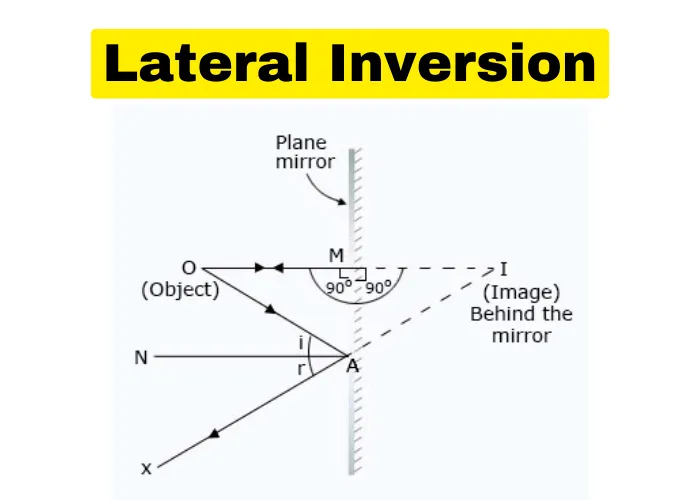Contents

What is Osmosis?
Osmosis is a passive procedure and happens without any expenditure of energy. It include the movement of molecules from a region of higher concentration to lower concentration until the concentrations become same on either side of the membrane.
Any solvent can undergo the procedure of osmosis including gases and supercritical liquids.
Let us have a detailed look at the different kinds and effects of osmosis in detail.
Osmotic Solutions
There are three different kinds of solutions:
- Isotonic Solution
- Hypertonic Solution
- Hypotonic Solution
An isotonic solution is one that has the equal concentration of solutes both inside and outside the cell.
A hypertonic solution is one that has a way-up solute concentration outside the cell than inside.
A hypotonic solution is one that has a way-up solute concentration inside the cell than outside.
Types of Osmosis
Osmosis is of two types, let’s discuss them below:
- Endosmosis– When a substance is set-down in a hypotonic solution, the solvent molecules move inside the cell and the cell becomes turgid or go through deplasmolysis. This is called as endosmosis.
- Exosmosis– When a substance is set-down in a hypertonic solution, the solvent molecules move outside the cell and the cell becomes flaccid or go through plasmolysis. This is called as exosmosis.
What are the effect of Osmosis on Cells?
Osmosis influences the cells differently. An animal cell will lyse when set-down in a hypotonic solution compared to a plant cell. The plant cell has thicker walls and needs more water. The cells will not burst when set-down in a hypotonic solution. In fact, a hypotonic solution is best for a plant cell.
An animal cell remain alive only in an isotonic solution. In an isotonic solution, the plant cells are no longer turgid and the leaves of the plant falls.
The osmotic flow can be stop or reversed, also known as reverse osmosis, by exerting an external pressure to the edge of the solute. The minimum pressure need to stop the solvent transfer is called the osmotic pressure.
Term “Osmotic Pressure”
Osmotic pressure is the pressure needed to stop water from diffusing through a membrane by osmosis. It is determined by the close attention of the solute. Water spreads into the area of higher concentration from the area of lower concentration. When the close attention of the substances in the two areas in contact is different, the substances will spread until the concentration is uniform throughout.
Importance of Osmosis
- Osmosis effects the transport of nutrients and the release of metabolic waste products.
- It is accountable for the absorption of water from the soil and conducting it to the upper parts of the plant through the xylem.
- It stabilizes the internal environment of a living organism by continuing the balance between water and intercellular fluid levels.
- It keeps the turgidity of cells.
- It is a process by which plants keep-up their water content despite the constant water loss due to transpiration.
- This procedure controls the cell to cell diffusion of water.
- Osmosis actuate cell turgor which regulates the movement of plants and plant parts.
- Osmosis also dominance the dehiscence of fruits and sporangia.
- Higher osmotic pressure covers the plants against drought injury.
Some examples of Osmosis
Osmosis has a important role to play in animals, animal and also in humans. In an animal cell osmosis helps in consuming water from the intestines to the blood.
Listed below are some examples of Osmosis.
- The consumption of water from the soil is due to osmosis. The plant roots have a huge concentration than the soil. Therefore, the water flow into the roots.
- The guard cells of the plants are also damaged by osmosis. When the plant cells are full filled with water, the guard cells bulge up, and the stomata gets open.
- If a freshwater or saltwater fish is located in the water with different salt concentrations, the fish expires due to the entry or exit of water in the cells of the fish.
- Humans suffering from cholera are also damaged by osmosis. The bacteria that overpopulate the intestines reverse the flow of consumption and do not allow water to be absorbed by the intestines, which cause in dehydration.
- When the fingers are located in water for a longer period of time, they become pruney because of the flow of water inside the cells.
Conclusion
Osmosis is a term for the movement of water and dissolved solutes out of a solution, across a semi-permeable membrane, into a solvent, which is usually a pure liquid. In other words, when substances dissolve into a solution, they are surrounded by the solvent and the solution’s membrane. When water molecules enter the solution from the solvent, they push the dissolved substances out of the solution and into the solvent. The solvent is usually pure water, but it can also be other liquids. Osmotic pressure is the pressure that exists when a solution is surrounded by a semi-permeable membrane.
We hope you enjoyed our blog post, What Is Osmosis. We want our blog posts to be helpful and educational, so if you have any suggestions for our next topic, please let us know! We are always open to suggestions, so please let us know how we can improve! If you would like to find out more about What Is Osmosis, feel free to contact us at www.edukar.in. Thank you for reading, we hope to hear from you soon!



![What Is Colloidal Solution? [Class 9,10,11&12] What Is Colloidal Solution](https://edukar.org/wp-content/uploads/2022/08/What-Is-Colloidal-Solution-1024x597.webp)
![Biology Class 10 Very important [Questions &Answers] Biology Important Questions with Answers class 10](https://edukar.org/wp-content/uploads/2022/09/Biology-Important-Questions-with-Answers-class-10-1024x597.webp)

![Zoology Important Questions [Class 11th-English medium] Zoology Important Questions class 10 english medium](https://edukar.org/wp-content/uploads/2022/09/Zoology-Important-Questions-class-10-english-medium-1024x597.webp)


![Corporate Accounting [Important Questions & Answers with MCQ] Corporate Accounting Important Questions & Answers](https://edukar.org/wp-content/uploads/2022/09/Corporate-Accounting-Important-Questions-Answers-1024x597.webp)


![Web application and Security Class 10 [Questions Answers & MCQs] Web application Class 10 Questions & Answers](https://edukar.org/wp-content/uploads/2022/09/Web-application-Class-10-Questions-Answers-1024x597.webp)


